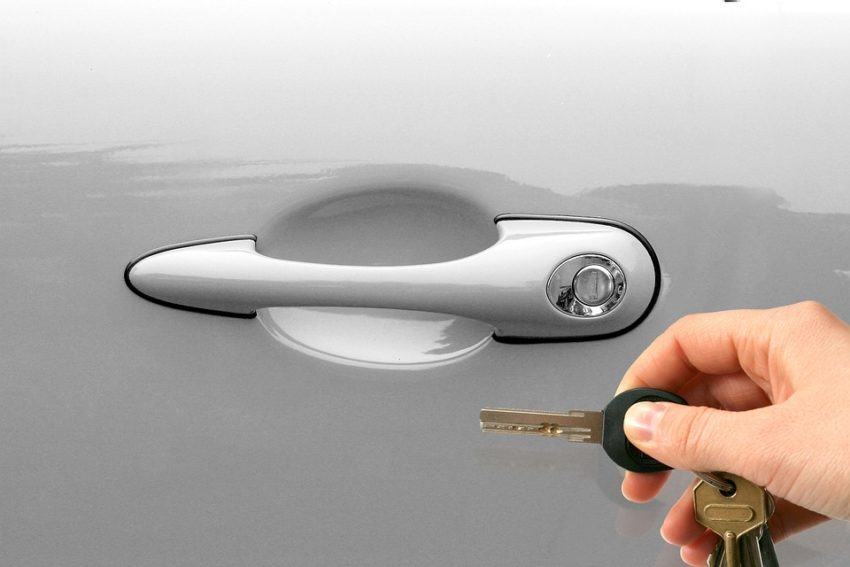
For many people, buying a car can be pretty costly. Factor in the cost of maintenance and insurance, which can make an already hefty expense even more expensive. A great alternative to purchasing a car is leasing one. Leasing allows you to drive the car you want without worrying about the long-term financial commitment of owning a vehicle. However, some necessary steps must be taken when your lease ends before you can return the car to the leasing company.
- Buyout Your Lease
If you love your car, or the terms of ownership are more favorable than what’s available, buying out your lease can be a great option. Before making this decision, it’s essential to review all the costs and paperwork involved in purchasing a car. Buying out your lease is an excellent option if you’re already familiar with the car’s maintenance and repair history. You won’t need to worry about taking out a loan or dealing with other financing options.
- Return Your Car
If you decide that buying out your lease isn’t right for you, you can simply return the car to the leasing company. Before doing this, it’s vital to ensure that the car is clean and in good condition. Remember, you could be charged for any damage or missing items if they aren’t reported before returning the car. Don’t forget to obtain a copy of your return paperwork from the leasing company. This document will help protect you from any claims you may make against yourself after the car is returned.
- Consider Trading In Your Car
If you’ve enjoyed driving your leased car and want to stay with the same make and model, trading in your lease can be a great option. Many dealerships have special programs for the end of auto lease customers that can help make the transition easier. Before trading in your car, you will want to research and compare prices. Consider getting a copy of the trade-in agreement from the dealership to know exactly what’s included in the deal. When you trade it in, it also helps to have a copy of your car’s maintenance and repair history. This will make it easier for the dealer to evaluate the value of your vehicle.
- Renew Your Lease
If you’re satisfied with your lease agreement, you may be able to renew it for another term. Before doing this, review the new lease terms, including any extra fees or charges that may apply. It’s also essential to compare the terms of your current lease with other offers in the market to ensure you’re getting the best deal. Getting into a new lease agreement can be a great way to save money and enjoy the benefits of driving. Before you do, make sure that you understand all of the terms and conditions of the deal.
- Swap Your Lease
Swapping is another option if you want to get out of your lease but don’t have the money to buy out or trade in your car. Lease swapping services allow you to transfer your lease agreement to someone else for a small fee. This can be a great way to get out of a lease without worrying about additional costs or paperwork.
Before making any decisions, it’s important to read the fine print and ensure that you understand all of the rules and regulations associated with swapping a lease. You will also want to be sure that the person taking over your lease is reliable and trustworthy before you sign off on the transfer.
Returning a leased car when your lease ends is a necessary process. Depending on your needs and budget, there are various options available to you, such as buying out your lease, returning the car, trading it in, shopping around for a new car, or swapping the lease with someone else. By researching and understanding the costs associated with each option, you can make the best decision for your situation.